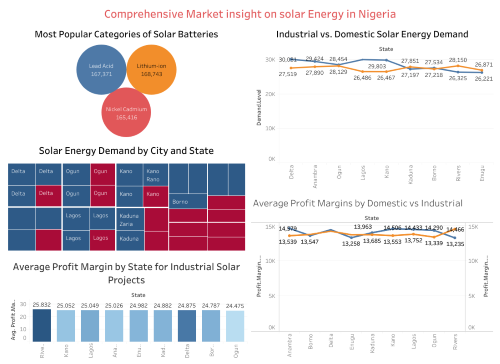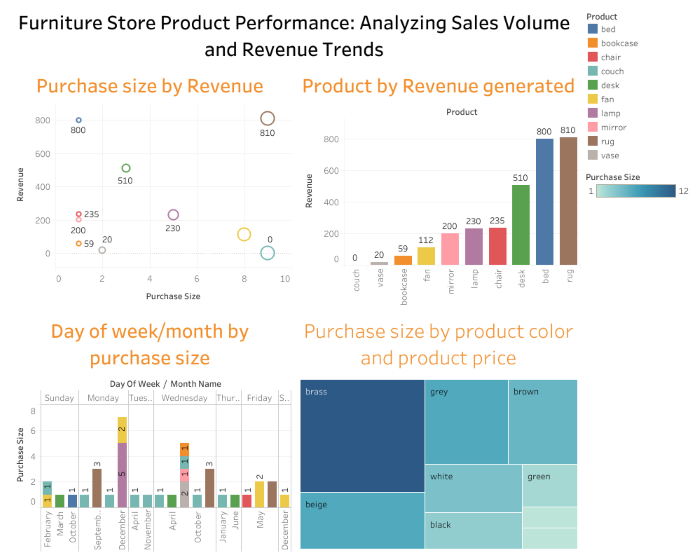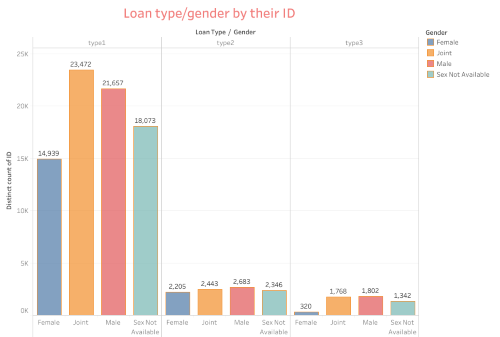Can AI taking Jobs from people be a good thing?

No doubt the Idea of AI taking jobs may initially evoke concerns about unemployment and economic instability, but it’s essential to mention that AI isn’t going to take away jobs, it is going to optimize performance on the Job, which is a good thing.
In a world increasingly dominated by technological advancements, the role of Artificial Intelligence (AI) in reshaping the workforce landscape has become a topic of intense debate.
While AI promises efficiency and innovation, concerns about job displacement loom large. This article delves into the complexities surrounding AI-induced job loss and explores whether such displacement can yield positive outcomes.
Understanding the Concerns of AI taking jobs
Integrating AI technologies into various industries has sparked apprehension among workers fearing redundancy. Traditional job roles are being automated, raising questions about the future of employment and economic stability.
The Role of AI Taking Jobs from People
Artificial Intelligence, with its ability to analyze data, perform tasks, and make decisions autonomously, has led to the automation of numerous job functions. From manufacturing to customer service, AI-driven systems are altering the employment landscape, challenging the relevance of human labor.

AI and Job Displacement
Exploring the Impact of AI on Different Industries
Manufacturing Sector
In manufacturing, AI-powered robots have significantly increased productivity and precision. However, this efficiency comes at the cost of human jobs, as machines now execute tasks previously performed by manual laborers.
Service Industry
The service industry, encompassing sectors like retail and hospitality, has also witnessed the infiltration of AI. Automated checkouts, virtual assistants, and chatbots are replacing human workers, raising concerns about job security and livelihoods.
Healthcare Sector
AI’s entry into healthcare holds promise for improved diagnostics and patient care. Yet, the automation of certain medical tasks may lead to the displacement of healthcare professionals, necessitating a reevaluation of workforce dynamics.
Statistics and Trends in the move of AI Taking Jobs from people
Data reveals a steady increase in job losses attributed to AI integration. As industries prioritize efficiency and cost-effectiveness, the human workforce faces the risk of marginalization and unemployment.
Economic Perspectives
Redefining Labor Dynamics in the Age of AI
The rise of AI taking jobs from people prompts a fundamental shift in labor dynamics, wherein human capital competes with machine intelligence. While AI offers unparalleled efficiency, it also challenges the traditional notion of labor value.
Efficiency Gains vs. Human Employment
AI-driven automation streamlines processes, resulting in enhanced productivity and reduced operational costs. However, this efficiency often comes at the expense of human employment, raising concerns about job scarcity and income inequality.
Redistribution of Wealth and Resources
As AI contributes to wealth accumulation in the hands of tech elites, concerns about wealth inequality intensify. Addressing this disparity requires deliberate efforts to ensure equitable distribution of resources and opportunities.
Addressing Income Inequality Through AI Integration
Despite the threat of AI taking jobs, It presents opportunities for addressing income inequality. By redistributing resources and fostering inclusive growth, AI-driven initiatives can mitigate socioeconomic disparities and promote financial security for all.
Societal Implications
Reskilling and Upskilling Initiatives
To mitigate the adverse effects of job displacement, reskilling and upskilling initiatives are essential. Equipping workers with the necessary skills to adapt to technological advancements ensures their continued relevance in the workforce.
Importance of Lifelong Learning
In the era of AI, lifelong learning is imperative for staying competitive in the job market. Continuous education and skill development empower individuals to navigate evolving industries and secure sustainable employment opportunities.
Leveraging AI for Education and Training
AI technologies can revolutionize education and training by personalizing learning experiences and facilitating skill acquisition. Harnessing AI’s potential in education prepares individuals for the demands of the future workforce.
Psychological Impact on Workers
The psychological toll of job displacement cannot be overlooked. Workers facing redundancy experience stress, anxiety, and uncertainty about their prospects, highlighting the need for comprehensive support systems.
Coping with Job Losses and Transitions
Guidance and assistance programs play a crucial role in helping displaced workers cope with job loss and navigate career transitions. Providing access to counseling, reemployment services, and financial assistance eases the burden of unemployment.
Ethical Considerations
Ensuring Ethical AI Implementation
Ethical considerations must guide the development and deployment of AI technologies to minimize harm and maximize societal benefit. Ethical frameworks promote fairness, transparency, and accountability in AI decision-making processes.
Bias Mitigation Strategies
Addressing algorithmic biases is paramount to ensuring equitable outcomes in AI-driven systems. Implementing bias mitigation strategies and conducting regular audits mitigate the risk of discriminatory practices and reinforce ethical standards.
Transparency and Accountability in AI Decision-Making
Transparent AI algorithms empower users to understand and scrutinize automated decisions. Establishing accountability mechanisms holds AI developers and operators responsible for the consequences of their creations, fostering trust and confidence in AI systems.
Maintaining Human Dignity and Worth Amidst Technological Advancements
As AI reshapes the workforce, preserving human dignity and worth remains a fundamental priority. Emphasizing the value of human contribution and promoting humane treatment in the face of technological progress uphold ethical principles and safeguard human rights.
Innovation and Creativity
Unlocking Human Potential Through Automation
While AI automates routine tasks, it also liberates human creativity and innovation. By relieving individuals of mundane responsibilities, AI enables them to focus on higher-order thinking, problem-solving, and creative endeavors.
Fostering Innovation and Entrepreneurship
AI-driven innovation spurs entrepreneurship and economic growth. Empowering individuals to harness AI technologies for entrepreneurial pursuits fosters a culture of innovation and drives socioeconomic advancement.
Redefining the Nature of Work
The evolution of AI necessitates a redefinition of work itself. Embracing flexible work arrangements, remote collaboration, and interdisciplinary skill sets enables individuals to thrive in the dynamic landscape shaped by AI.
Policy Responses
Policy Frameworks for Managing Job Displacement
Governments must enact proactive policy frameworks to manage the challenges posed by AI-induced job displacement. Policies promoting retraining, job creation, and social safety nets ensure a smooth transition to the AI-driven future.
Universal Basic Income (UBI) and Alternatives
UBI emerges as a potential solution to mitigate the socioeconomic impacts of job displacement. By providing unconditional financial support to all citizens, UBI addresses income insecurity and promotes economic stability.
Labor Market Regulations and Protections
Robust labor market regulations and protections safeguard workers’ rights in the face of AI-driven automation. Policies promoting fair wages, job security, and workplace safety uphold labor standards and prevent exploitation.
International Collaboration in Addressing Global Employment Challenges
Global cooperation is essential in addressing the multifaceted challenges of AI-induced job displacement. Collaborative efforts among nations facilitate knowledge sharing, policy harmonization, and collective action towards sustainable solutions.
Conclusion
As AI continues to reshape the workforce, embracing its potential as a catalyst for positive change is imperative. By balancing economic progress with social responsibility, society can worry less about AI taking jobs from people and harness the transformative power of AI to create a more inclusive, equitable, and prosperous future for all and not









